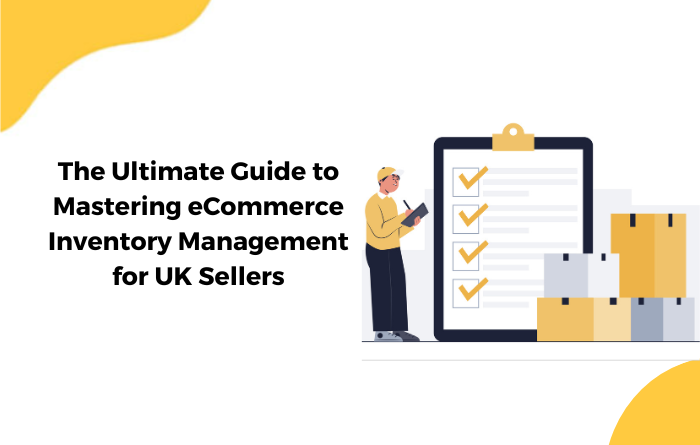
Essential Cash Flow Management Tips for Amazon FBA Sellers
Did you know that an astounding 82% of businesses close due to cash flow issues? Cash flow is often overlooked

Related Posts

Did you know that an astounding 82% of businesses close due to cash flow issues? Cash flow is often overlooked

Discover the Key Tax, Logistic, and Operational Factors to Consider when Selling in the UK Introduction: Greetings, fellow eCommerce enthusiasts!

Grasping eCommerce inventory management basics 🎢 Managing inventory effectively is the backbone of any thriving eCommerce business. But it’s not
©2023. All Rights Reserved by Guide Hustle